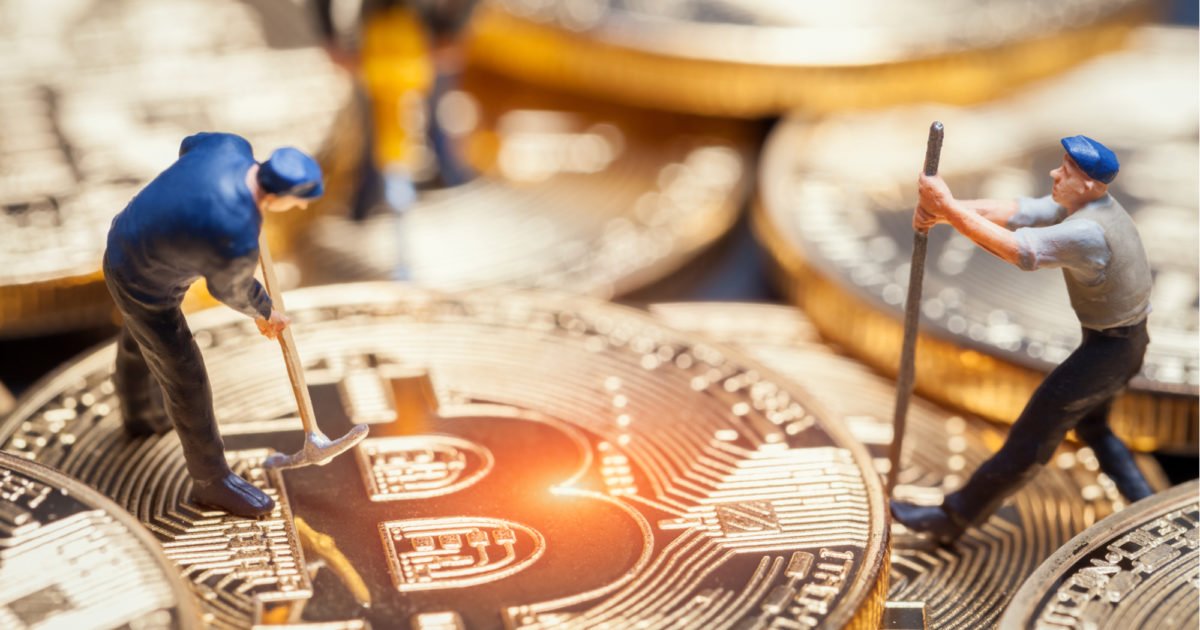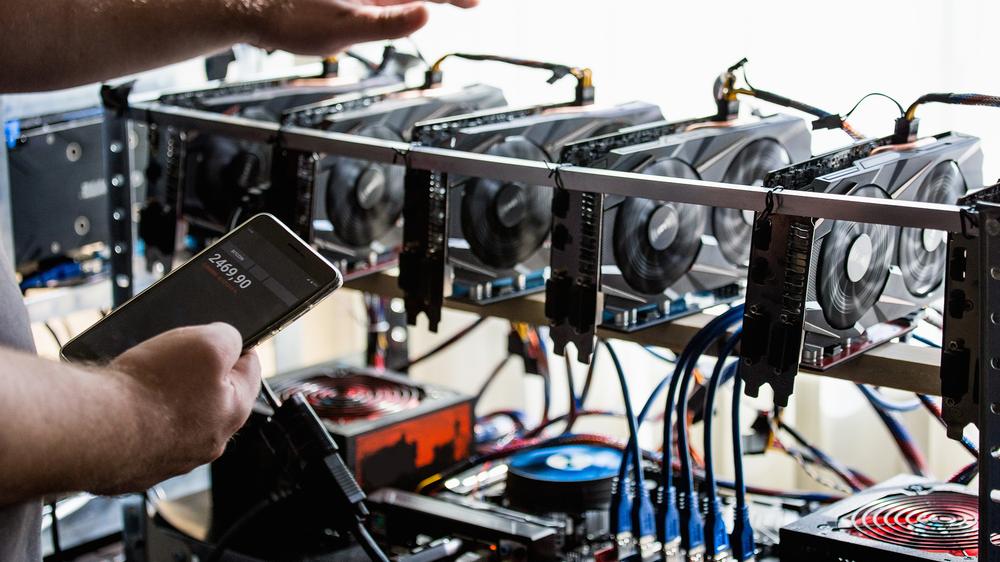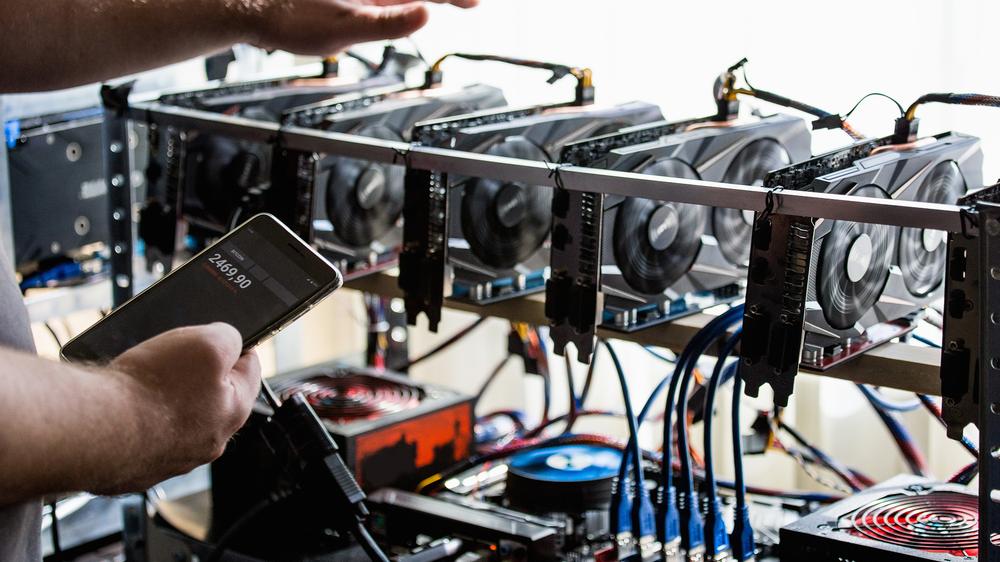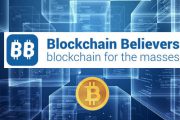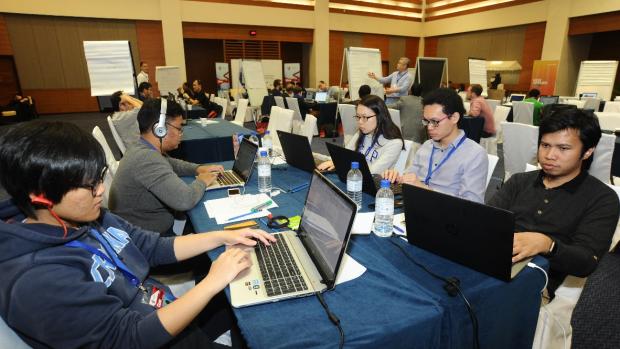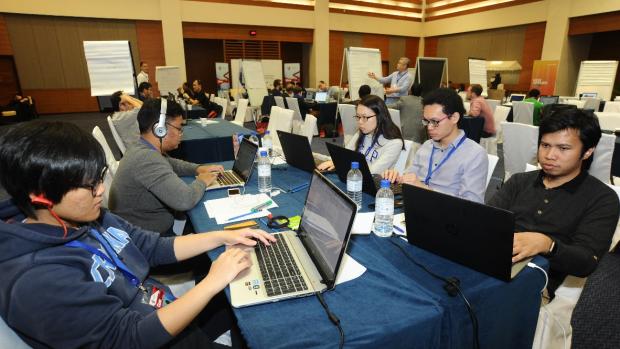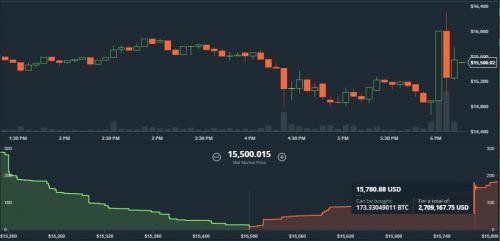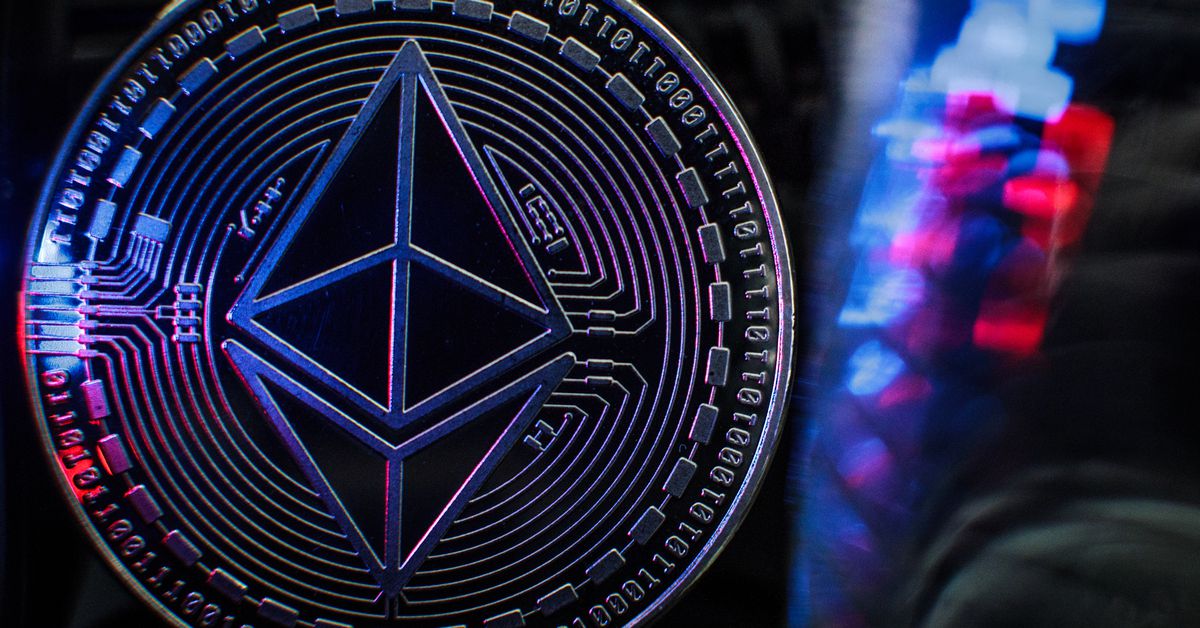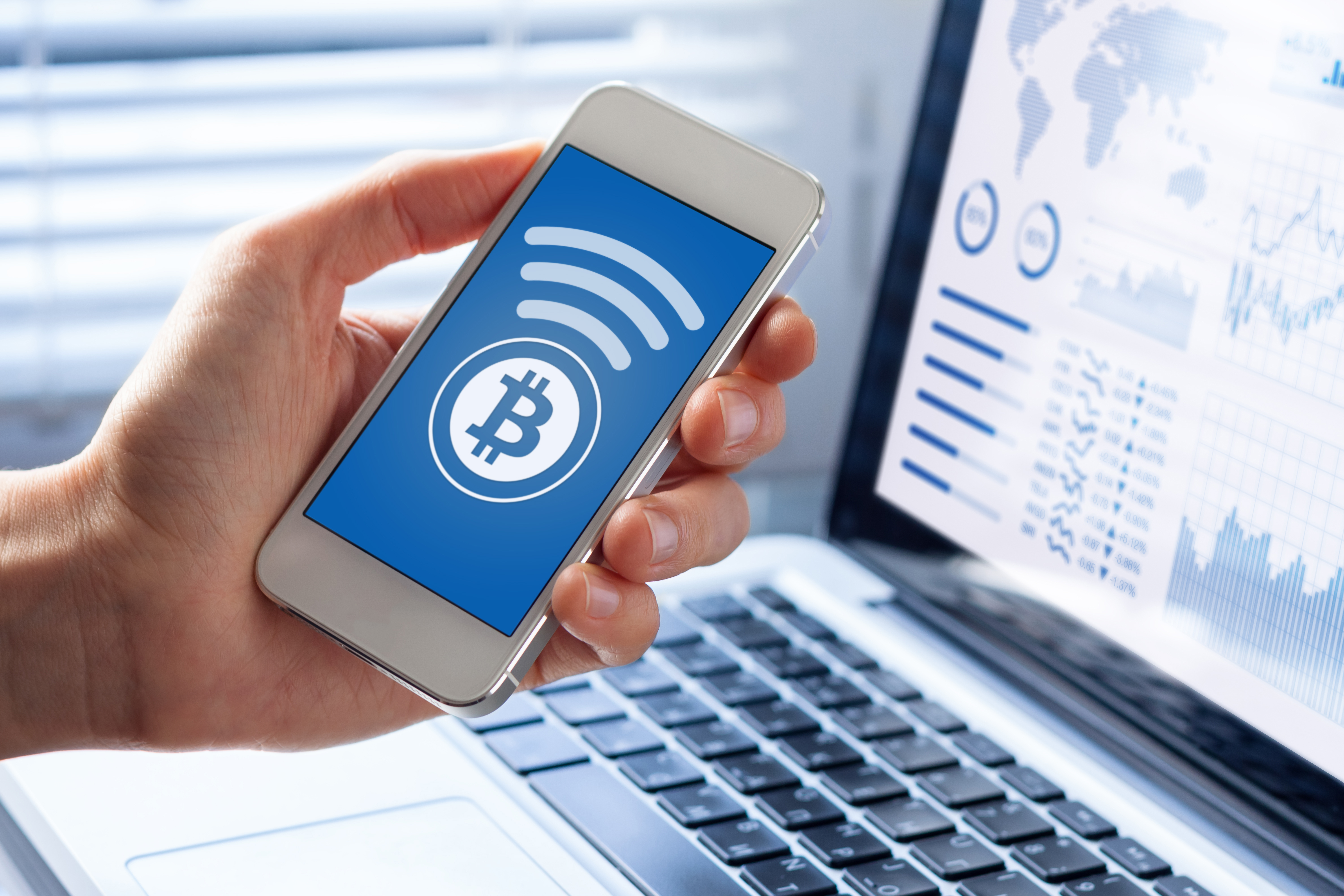Joel John, lead researcher for Blockchain-focused VC firm Outlier Ventures, looks at the history of blockchain’s promise of financial inclusion.
The narrative is standard: poor woman in a remote part of the world receives a micro-loan from a foreign investor through a digital medium. She buys a goat, sells milk and begins earning money. Reinvests the money into additional sources of income and before you know it, she’s climbing up the social ladder. All this, while providing her foreign investor with a better return on investment than anywhere else. Commonly referred to as “goat economics“, this story has been retold in almost all financial inclusion literature. With the advent of blockchains, the narrative has added a trustless, distributed ledger. The recipe for tackling poverty is simple according to proponents in this corner of the globe:
- Take a distributed ledger with trustless, decentralised token mechanisms
- Hope the world’s poor will move towards using the new ledger due to lower costs, cheaper credit and better security
- Create a marketplace for capital investments (eg: loans, remittances) to flow from richer regions of the world to third world economies. Call it capital osmosis.
- Ignore regulations and have a roadmap that includes loans, insurance, payments, savings & bank accounts
- Use huge market sizes (eg: 5 Billion “unbanked”) without segmenting target market or understanding market requirements.
This might sound reductive, but this has been the pitch for many “financial inclusion” oriented start-ups leveraging blockchains since early 2012. That is not to say that each startup does not have the best intentions because ultimately no entrepreneur targeting financial inclusion is doing it because it will be easy. They are doing it because they want to change the world and help integrate every person on earth into the financial system to improve their lives. This is a noble and honourable goal. We hope that by providing some historical context and a few key learnings, startups can better meet the needs of the excluded and we can all achieve the goal of financial inclusion faster.
Source/More: How to realise the potential of blockchain in developing economies


